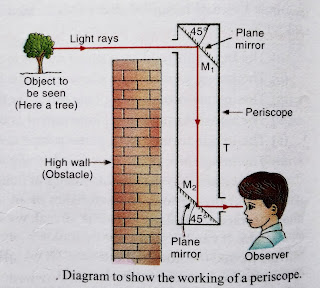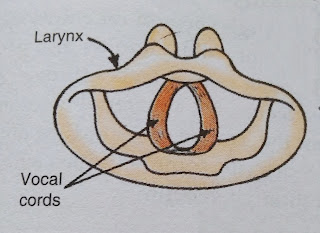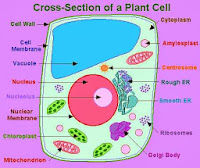Class 8 Science : Light Solution (Part 1)

Class 8 Science : Light solution with question type answer for CBSE NCERT work sheet. Light is a form of energy which helps us to see object around us. We see an object when light falls on them and reflected back from it and reaches to our eye. On basis of source of light, objects are two types of and they are are luminous object and non luminous object. Luminous object are those objects which can emit light. For example Sun, star, candle ,tube light ,bulb. Non luminous object are those objects which cannot emit light. For example book, pencil, chair, table. Another name of non luminous object is illuminated object because they get illuminated or light up by the light of luminous objects falling on them. When a non luminous object can be seen? When light from luminous object falls on non luminous object and reflected back to our eyes then we see the non luminous object. Reflection of light: The process of sending back light rays which fa...

